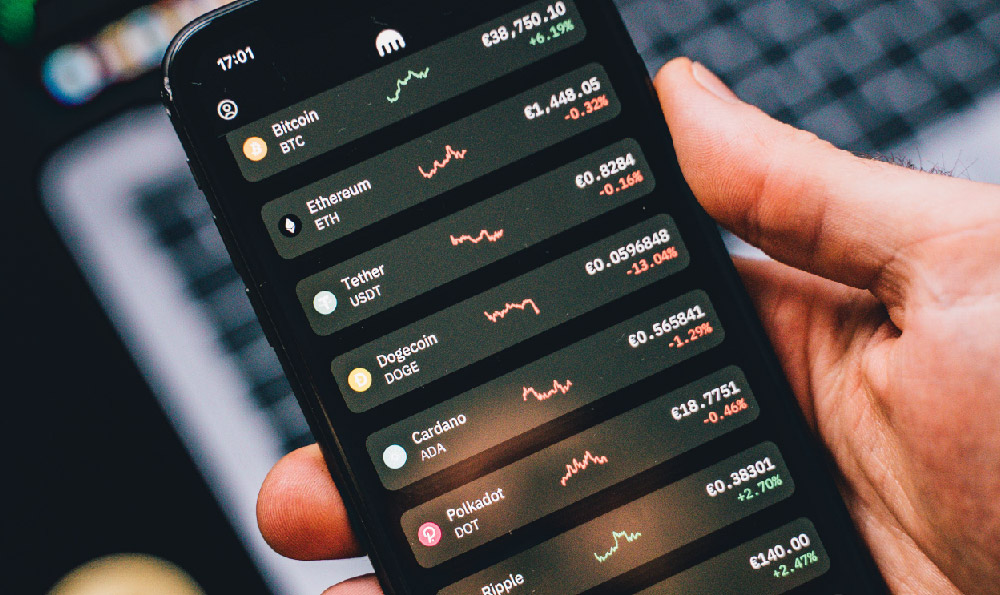Uber, a name synonymous with ride-hailing, has revolutionized urban transportation. However, behind the convenience and widespread adoption lies a complex business model facing persistent questions about profitability. Understanding how Uber generates revenue is crucial to evaluating its long-term financial viability.
Uber's primary revenue stream comes from its Mobility segment, encompassing ride-hailing services like UberX, Uber Black, Uber Comfort, and shared rides. For each ride facilitated through the Uber app, the company takes a commission, acting as a middleman connecting riders with independent driver-partners. The commission rate varies depending on factors such as location, demand, and service type. Surge pricing, implemented during peak demand periods, significantly boosts revenue per ride by increasing fares and consequently, Uber's commission. This surge mechanism is a core component of Uber's strategy, balancing supply and demand while maximizing profitability during high-traffic times. Furthermore, Uber offers premium ride options like Uber Black, providing luxury vehicles and professional drivers at higher fares. These premium services contribute a significant portion of revenue due to the higher price points and commission margins.
Expanding beyond traditional ride-hailing, Delivery constitutes another vital revenue segment. Uber Eats, Uber's food delivery service, connects customers with local restaurants, allowing them to order meals through the app. Similar to ride-hailing, Uber earns a commission from restaurants for each order facilitated through the platform. This commission typically covers marketing, customer service, and delivery logistics. Moreover, customers may pay delivery fees and service fees, adding to Uber's revenue. Uber has also expanded into grocery and package delivery services, further diversifying its delivery offerings and increasing revenue streams. The COVID-19 pandemic dramatically accelerated the growth of Uber Eats, making it a crucial contributor to overall revenue and a key strategic focus for the company. The ease of access and broad restaurant selection offered by Uber Eats have made it a staple for many consumers.

In addition to Mobility and Delivery, Uber generates revenue from Freight. Uber Freight connects shippers with carriers, providing a platform for businesses to manage their transportation needs. Uber charges a commission for each shipment facilitated through the platform, offering shippers access to a vast network of carriers and streamlining the logistics process. While smaller than the other segments, Uber Freight is a strategic area of growth, targeting the large and fragmented trucking industry with technology-driven solutions. By leveraging data analytics and automation, Uber Freight aims to optimize shipping routes, reduce costs, and improve efficiency for both shippers and carriers.
Beyond these core segments, Uber explores other revenue-generating initiatives. Advertising is a growing area, allowing businesses to promote their products and services within the Uber app and on its various platforms. This includes sponsored listings on Uber Eats, targeted ads within the Uber app, and partnerships with brands for promotions and campaigns. By leveraging its vast user base and data insights, Uber can offer targeted advertising solutions that generate incremental revenue. The company is also exploring opportunities in subscriptions, offering bundled services and exclusive benefits to subscribers. These subscriptions provide recurring revenue streams and enhance customer loyalty. An example of this is Uber One, which provides discounts and perks across both ride-hailing and delivery services.
Now, addressing the pivotal question: is Uber profitable? The answer is complex and nuanced. While Uber has demonstrated significant revenue growth over the years, achieving consistent and sustainable profitability has been a persistent challenge. The company has historically incurred substantial losses due to factors such as heavy investments in driver incentives, aggressive marketing campaigns, and expansion into new markets.
One significant expense is driver compensation. Uber relies on independent contractor drivers, and attracting and retaining them requires offering competitive pay and incentives. This includes promotions, bonuses, and guaranteed earnings, all of which contribute to significant operating expenses. The ongoing debate about the classification of drivers (as independent contractors or employees) adds further complexity to this cost structure. If drivers were classified as employees, Uber would face significantly higher labor costs, including benefits, payroll taxes, and minimum wage requirements.
Marketing and sales expenses are another major cost driver. Uber invests heavily in advertising, promotions, and user acquisition to attract new customers and retain existing ones. These expenses include online advertising, social media marketing, and partnerships with other businesses. The competitive landscape in the ride-hailing and food delivery industries requires constant investment in marketing to maintain market share and attract users.
Research and development also contribute significantly to Uber's expenses. The company invests in developing new technologies, improving its app and platform, and exploring new business opportunities. This includes research into autonomous vehicles, advanced mapping technology, and new delivery solutions. While these investments are crucial for long-term growth and innovation, they also contribute to short-term losses.
Despite these challenges, Uber has made progress in improving its financial performance. The company has implemented cost-cutting measures, optimized its operations, and focused on higher-margin services. Uber has also benefited from increased scale and network effects, allowing it to reduce costs per transaction. Recent quarterly reports have shown positive adjusted EBITDA (Earnings Before Interest, Taxes, Depreciation, and Amortization), a key metric indicating operational profitability.
However, achieving GAAP (Generally Accepted Accounting Principles) profitability, which includes all expenses and accounting adjustments, remains a key goal. Uber faces ongoing challenges in managing its cost structure, navigating regulatory hurdles, and competing in a dynamic market. The company's future profitability will depend on its ability to continue innovating, controlling costs, and capitalizing on growth opportunities.
In conclusion, Uber generates revenue through its Mobility, Delivery, and Freight segments, along with other initiatives like advertising and subscriptions. While the company has achieved significant revenue growth and progress towards profitability, achieving sustainable GAAP profitability remains a key challenge. The future of Uber's financial success hinges on its ability to navigate a complex landscape, manage costs effectively, and capitalize on its technological advantage. The path to sustained profitability requires a careful balancing act of growth, efficiency, and strategic innovation.












